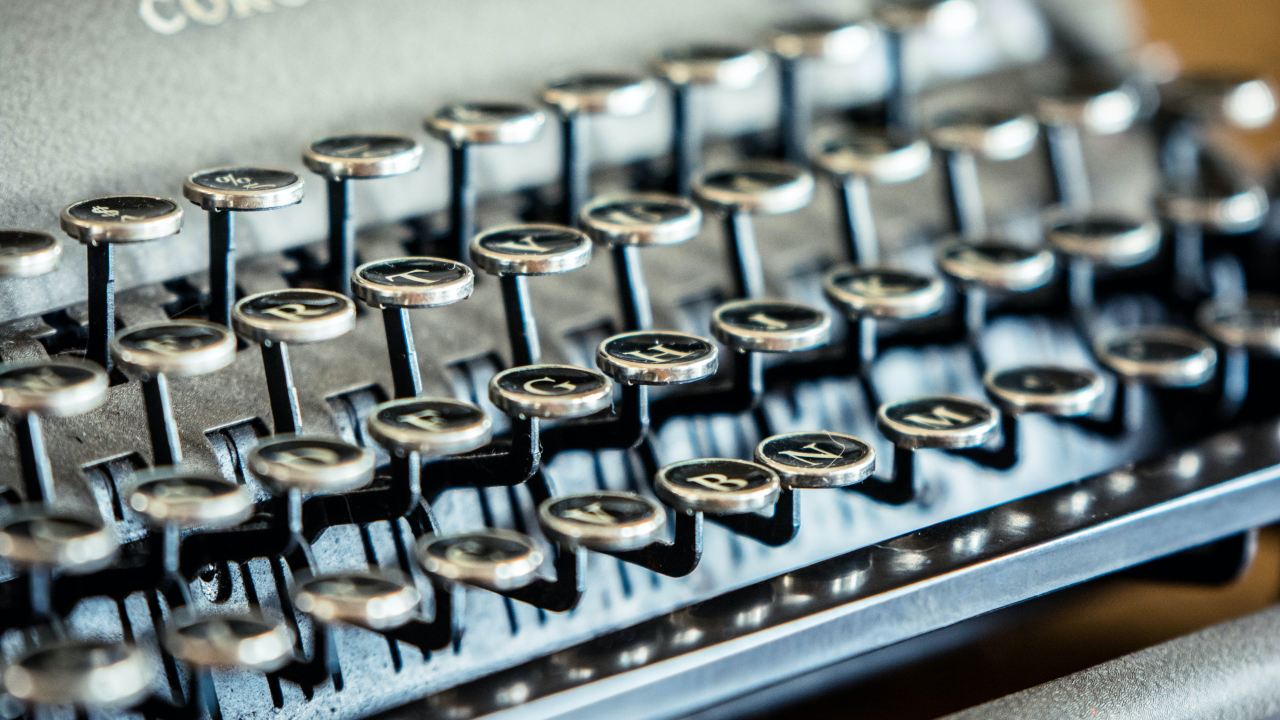
From the digital desk of Elizabeth Merritt, Vice President, Strategic Foresight and Founding Director, Center for the Future of Museums:
Museum people are natural storytellers, attuned to making sense of the world through words, images, and objects. This makes it a joy to teach foresight in our sector: Museum people “get” why it is so important and powerful to create narratives about potential futures. These stories can provide hope or inspiration, and in some cases even solutions to challenges that stand in the way of creating the future we want to be true.
Now I’m in search of stories to provide hope, inspiration, and solutions for the next phase of museums’ relations with descendants of communities deeply entwined with, and often harmed by, museum practice. (This project is framed around four specific descendant groups: people harmed by violence and theft in the Nazi era; communities in sub-Saharan Africa; Indigenous Peoples of the Pacific and the Americas; and descendants of people who were enslaved in what is now the USA.)
Can stories, mere words on digital paper, have power over such a big issue? Yes, they can, both by providing a compelling motive to move forward and by defusing fears about change. Often our anxiety leads us to focus too much on threats, and not enough on the ways in which change can make things better. As I noted in the report that launched this project, The Next Horizon of Museum Practice: Voluntary Repatriation, Restitution, and Reparations, some people worried in the early 1990s that the passage of the Native American Graves Protection and Repatriation Act (NAGPRA) would “empty museums” of all their collections. Drawing on my experience working in a museum at that time, I wrote:
“If I could go back in time into those [uncomfortable meetings] bearing stories from 2023, I think I could have allayed the fears of many of my colleagues by telling them how things turned out: how museums and Indigenous communities had built deep relationships that enabled museums to tell stories that are richer, deeper, and more authentic. How museums and tribes had begun acting as joint stewards of cultural heritage, strengthening their cautiously built relationships through small, cumulative acts of trust, respect, and generosity.”
What stories might we import from the future to inspire museums in the next phase of their evolution? Here are some “story seeds” waiting to germinate, suggested by members of the working group advising CFM on this project:
- A profile of museum staff in the future, recruited and trained to support values-based reparative practice: natural diplomats, able to mediate between museums, descendant communities, and national governments; people who represent descendant communities, embedding their values and concerns into museum practice.
- Case studies of museums that have, in the future, helped rebuild traditional communities of artistic practice: by giving back knowledge, or helping contemporary communities rediscover skills and rebuild expertise in producing art and cultural artifacts.
- A history of how museums have pivoted from extractive to generative practice: set in some future date, looking back at how museums have reversed the flow of wealth, power, and authority—from extracting resources from descendant communities to giving back to them, helping to build vibrant economies and supporting the creation and care of material and intangible culture.
- A forecast regarding the future of provenance: projecting how technologies like blockchain might enable creators in descendant communities to register and track material they create, from the time of inception, and to benefit financially from future sales.
How Can You Help?
Use the form embedded at the end of this post to:
-
- Suggest a potential author who can offer a wise perspective on the topic of descendant relations, ideally someone working on the front lines of repatriation, restitution, and reparations.
- If that description fits you, submit your own name for consideration!
“Stories” can take many forms. For this project, they may include:
- Formal papers written in an academic style, extrapolating from current trends and events, making the case for why a preferred future is likely or possible.
- Opinion pieces, from museum people or members of descendant communities, laying forth visions of how things could and should be.
- Speculative fiction immersing readers in the sights, sounds, and other daily realities of a specific future. (For examples of speculative fiction grounded in the museum sector, revisit stories from CFM’s Future Fiction Challenge exploring P-12 education.)
Some logistic details:
- Proposals for essays are due Feb 16.
- Nominations regarding other authors should be submitted as soon as possible (and in any case, no later than Feb 16).
- These are intended to be short pieces, between 2,000 to 4,000 words, though we are open to proposals for longer texts.
- In the interest of equity and fairness, we will pay authors for their work (details to be worked out based on parameters of a given piece.)
- Each author will be paired with one or two members of the Working Group advising CFM on this project, who will act as a sounding board and offer commentary on early drafts.
- The resulting collection of papers will be released digitally by AAM in 2024.
Use the form below to nominate potential authors or pitch ideas for pieces you would like to write for this collection.








